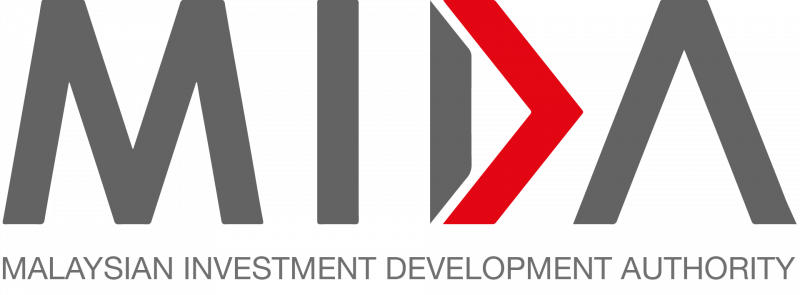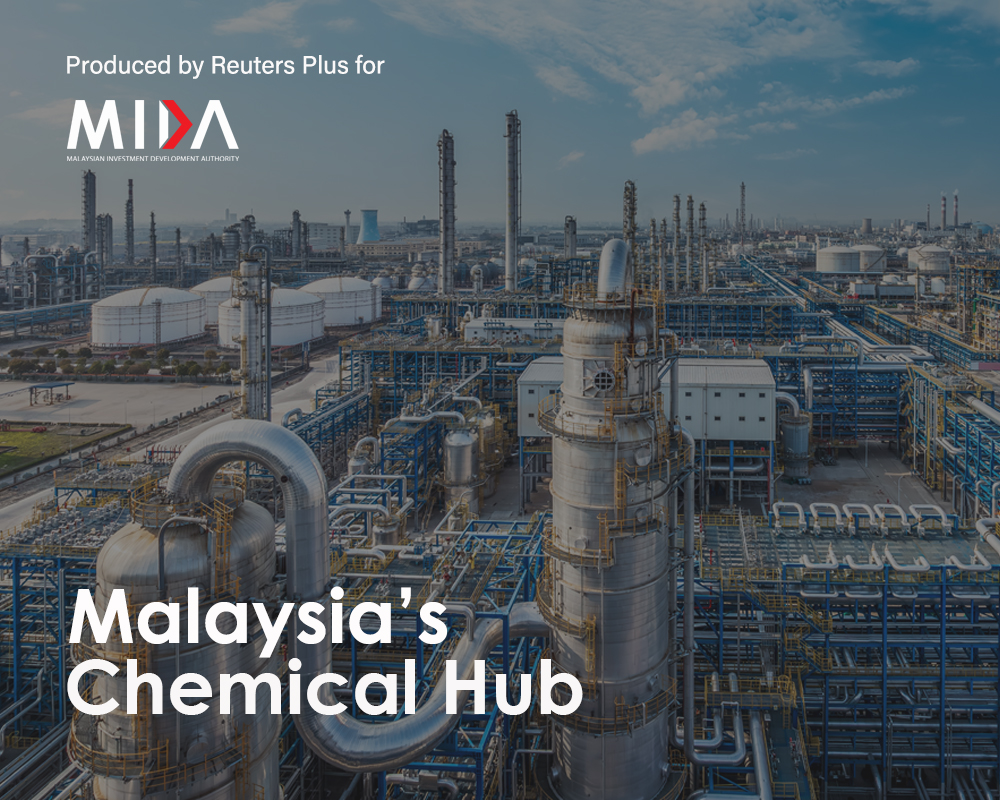Nestlé (M) Bhd aims to ensure that its missions to protect its employees, ensure steady reliable supplies and supporting the community during the COVID-19 pandemic are achieved.
Chief executive officer Juan Aranols said these were challenges faced by its operations during the pandemic.
“When posed with a crisis such as COVID-19, we have to ensure that the mode of conduct is clear, such as protecting employees — especially the front-liners working in the factory, distribution and sales, ensure steady reliable supplies of manufactured goods to stores nationwide and support the community in any way we can.
“These three missions kept us very busy during the movement control order (MCO) in meeting consumer’s expectations,” he told reporters after the signing ceremony of a Memorandum of Understanding (MoU) between Nestlé Malaysia and the Petaling Jaya City Council (MBPJ) here today.
The MoU entails the launch of a pioneer recycling programme for two Petaling Jaya townships, namely Bandar Sri Damansara and Ara Damansara.
Nestlé Malaysia had recently launched a recycling collection programme in PPR Lembah Subang 1 in Taman Putra Damai, in partnership with waste separation and recycling solutions provider, iCycle Malaysia.
“This partnership with MBPJ and our recently launched PPR programme will benefit over 13,000 households, and we hope to expand to more communities, moving forward,” said Aranols.
During the signing ceremony, Nestlé Malaysia also unveiled its new packaging, which features recycling information to inform consumers on how to separate their Nestlé product packaging to facilitate recycling.
Source: Bernama
COVID-19: Nestlé Malaysia looking out to protect employees, supply
Content Type:
Duration:



